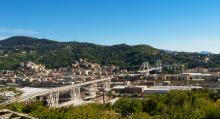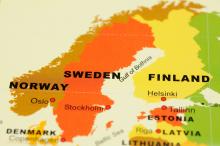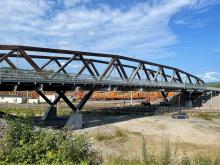The recent partial collapse of the Skjeggestad Bridge in Norway is prompting investigations of other similar structures in the country. The problem happened due to ground slipping around the bridge's foundations. This highlighted a known geological issue with regard to the presence of particular types of clay. Bridges constructed on quick clay are not unusual in Norway according to the Norwegian Public Roads Administration, NPRA (Vegdirektoratet). NPRA is now compiling a review of other bridges at risk of s
RSSThe recent partial collapse of the Skjeggestad Bridge in Norway is prompting investigations of other similar structures in the country. The problem happened due to ground slipping around the bridge's foundations. This highlighted a known geological issue with regard to the presence of particular types of clay. Bridges constructed on quick clay are not unusual in Norway according to the Norwegian Public Roads Administration, NPRA (Vegdirektoratet). NPRA is now compiling a review of other bridges at risk of similar collapse. The NPRA has asked the country’s regional authorities to examine bridges built using similar foundations to the Skjeggestad Bridge. The NPRA is keen to find out the reason for the collapse, so that future ones may be prevented. The Geological Survey of Norway (Norges Geologiske Undersøkelser, NGU), explained that when certain types of clay are subjected to sufficient stress they may become fluid due to the thixotropic nature of the material. Meanwhile Norway’s Ministry of Transport and Communications has said that it intends to repair and reopen the Skjeggestad Bridge as soon as possible.








